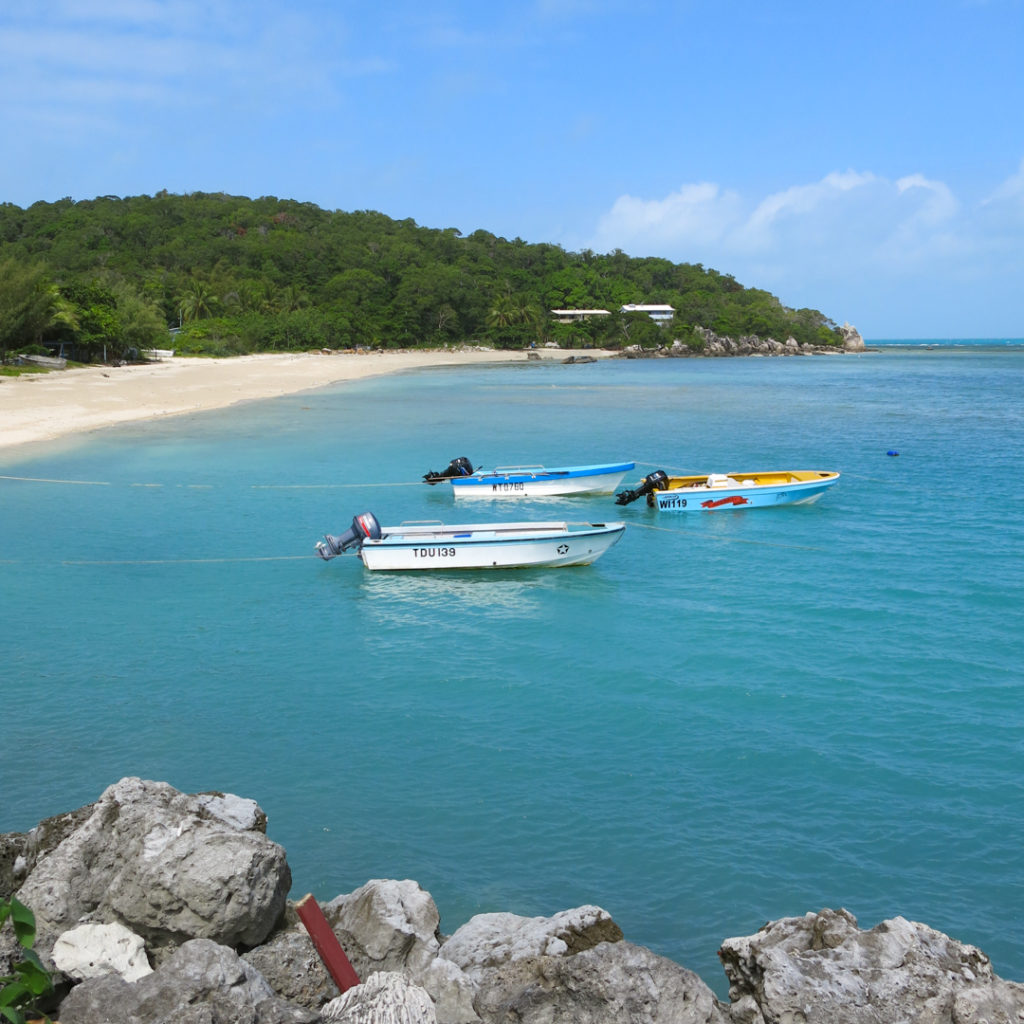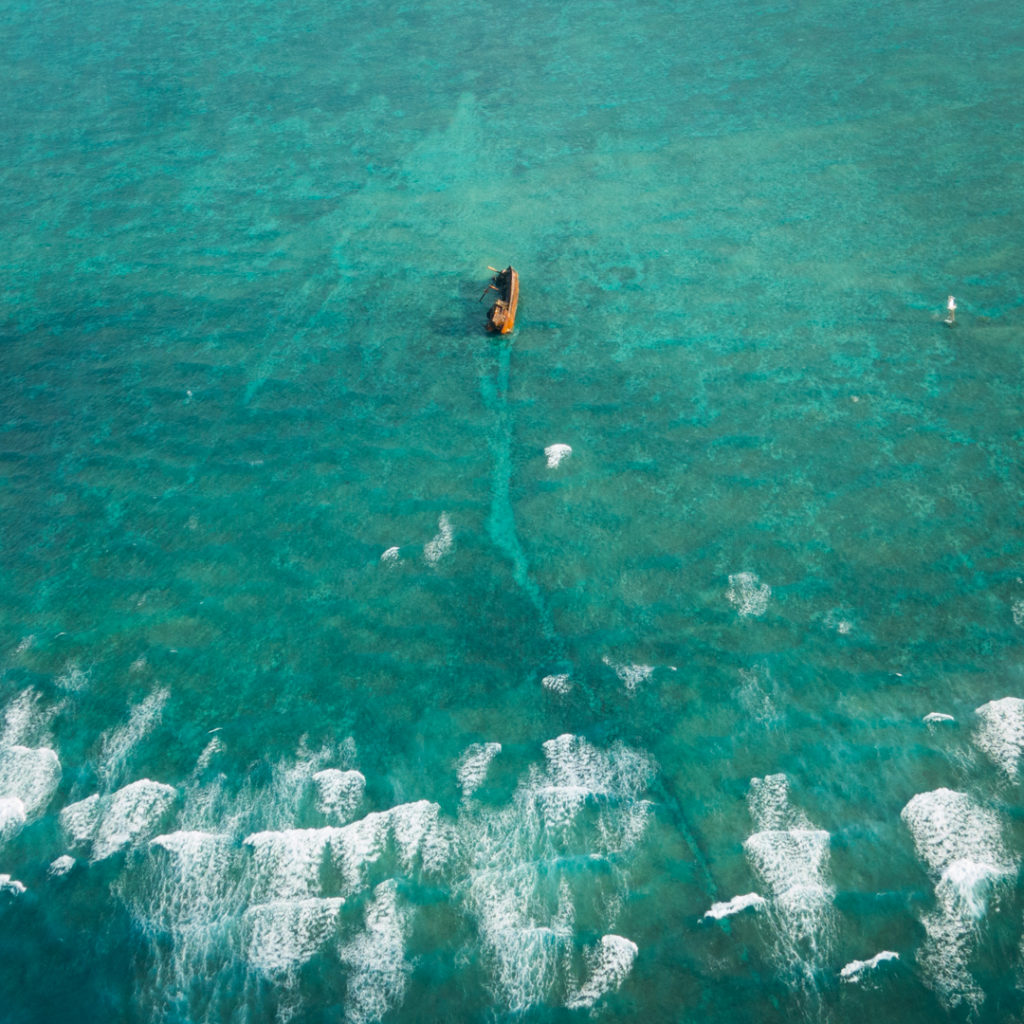Multi-Dinghy Multi-Trauma: Triaging a multi-casualty with a phone and some blank paper

Note: The purpose of this site if to provide free open access medical education (FOAMed) in the context of rural and remote health. Though all stories have been inspired by real cases, all identifying details such as names, ages, locations and background descriptions have been thoroughly changed to ensure the absolute privacy of the patients, families and communities we serve.
The Situation:
The most northern Torres Strait islands lie just 4km from Papua New Guinea (PNG). Close to the border, at a river-mouth in PNG, two dinghies collided at full speed mid-morning on a typical Wednesday. Neither boat was willing to give way so struck each other while travelling at speed, throwing passengers into the water and into the other boat. Each boat was carrying between 5-8 people including children. The incident had been witnessed from shore and several boats immediately set off to rescue and transport the wounded the 4km over the water to Australia.
About 10am a call came through to the on-call doctor phone alerting me that there had been an accident and casualties were starting to arrive at the waterfront of one of the northern Torres Strait islands. The story was not clear. There was no indication how many people had been involved or the extent of the injuries.
The casualties would be taken to a small clinic with point-of-care pathology, basic x-ray facilities and three assessment rooms. On the ground were 3 remote area nurses, 2 indigenous health workers and civilians helping carry the wounded. No doctors were present. Unfortunately, the video-link was down due so telephone assessment was all that was available.
Prior to patients arriving in the clinic I preemptively alerted retrieval services co-ordination to give the heads-up that aeromedical retrieval may be necessary. I also informed ED, the ward and management. A hospital in Daru, PNG, is accessible by boat from the northern Torres Strait and non-critical injuries could be redirected there with some coordination. Limb or life-threatening injuries would be treated on TI.
I began receiving numerous phone calls from nurses and health workers about the patients they were seeing. Bit-by-bit I began to piece together the story. There were eight separate patients requiring assessment and no fatalities. Six other people had been involved in the incident but had not required care apart from warm blankets and hot tea.
None of the eight patients had electronic charts so I kept track of each case by dedicating a blank A4 piece of paper to a patient with a number, estimated age, major injuries, observations and treatment given. I was able to manually reorder the papers on my desk by priority as clinical conditions changed and investigations were performed.
I asked the senior nurse to quickly assess each patient and give me a snapshot of the cases, while the other nurses and health workers started their secondary surveys and commenced treatment. Initially, there was suspicion of multiple unstable fractures, at least three head injuries, a chest pain and numerous wounds which required cleaning and suturing. The situation looked bleak, but we worked through the patient load methodically case-by-case and the situation gradually became manageable.

The patient who caused me the most concern was a 40-year-old female with a suspected pelvic fracture, a head injury and multiple lacerations. From the force of the impact of the crash she was thrown into the other boat, hit her head and was witnessed to have lost consciousness until the local boats arrived. In the clinic, her ABCs were intact, GCS was 15 and his vital signs were normal apart from a tachycardia which settled with a small dose of morphine. I treated her with ADT, tetanus immunoglobulin, ondansetron and fluids and requested a full secondary survey and c-spine precautions. The secondary survey unveiled a deep penetrating puncture wound to her anterior thigh which could be probed beyond the length of a finger. Her c-spine could not be cleared clinically. C-spine films were not available on site, but chest and pelvic x-rays were unremarkable. Haemostasis from the penetrating thigh wound was attempted with pressure, superficial lacerations were cleaned and sutured, head injury observations were performed and aeromedical retrieval to Thursday Island was tasked.
Meanwhile, I ordered x-rays for a suspected open fracture of a radius in an eight-year-old male, for a 30-year-old woman with potential broken ribs and a 13-year-old girl with possible closed femoral fracture. I prescribed tetanus immunisation and immunoglobulin for four unimmunised patients who had wounds requiring suturing and analgesia for five patients. Clinical photos of wounds were uploaded to the electronic medical record with permission from patients and I gave suggestions on how to clean and close these. The two other patients with head injuries, a six-year-old girl and a 15-year-old male, were stable and examined well in their secondary surveys – no rooms were left in the small clinic, so they had regular neurological observations while in the care of their families on the clinic veranda.
The rescue chopper was unavailable due to maintenance, so retrieval of the first patient was delayed. She remained stable, though her thigh wound continued to ooze. Gradually, electronic medical records were created for each patient and the numbered sheets of paper I had been charting on were transposed into legible clinical records.
X-rays confirmed a stable femur fracture in the 13-year-old female patient – a plaster backslab was applied, her limb remained neurovascularly intact and arrangement was made for transfer to Daru Hospital via boat. Chest x-ray and ECG were normal for the patient with suspected rib fractures and she was treated with analgesia to good effect. Happily, there were no signs of radial fracture on x-ray in the 8-year-old boy and a deep laceration was thoroughly washed-out and closed in two layers.
By 4pm things, were finally winding down and I was furiously trying to catch up on notes. The first patient was on her way to Thursday Island. Later that night her c-spine was cleared and one of my colleagues took her to theatre to finally gain definitive haemostasis of the wound.
By the end of the day I was mentally exhausted from piecing together multiple complex management plans and attempting to solve logistical obstacles via phone. Managing a crisis from afar can be very challenging. More importantly, the day further reinforced my admiration of the outstanding work of my remote area nurse colleagues who managed this situation on the ground. Despite the remote location and limited resources, their clear communication, personal resilience and proficient clinical skills allowed a potential major crisis to be avoided and all patients to have excellent outcomes. It is a genuine pleasure to work alongside such excellent and resilient clinicians.

Discussion:
Thankfully multi-trauma presentations are rare events in the Torres Strait. There are only a few kilometers of roads spread across the region meaning major road trauma is infrequent. Serious trauma does still occur. Due to the unique geography, featuring 17 small inhabited islands spread across an area larger than Switzerland, most traumas will need to be assessed and initially managed remotely by a doctor via telehealth. Nurses, health workers and community members can all be utilised in the care of patients. Novel and flexible approaches are essential when dealing with an emergency over the phone.
Having some general strategies in mind when trauma does occur can provide a framework from which to create order and define priorities. The principles of triaging in trauma are outlined below:
Initial Trauma Assessment
Initial Trauma Assessment
Approach to mass casualties
Management of Disasters
All of these general ideas can be modified to suit the environment. Particularly, the utilisation of bystanders can be helpful in the management of serious trauma in a remote setting. In many rural areas, community members can help move and position seriously unwell patients, act as ‘runners’ and provide assistance under the guidance of healthcare staff.
Some great courses that have helped our doctors prepare for events like these include:
Early Management of Severe Trauma Course
Emergency Trauma Management Course
Emergency Medicine Education and Training Program
In addition to the technical aspects of managing trauma, I feel team morale has a huge impact on outcomes. Good teamwork and clear communication are especially important in remote health as logistics in providing care in a rural area can be particularly complex and this can cause stress. A stressed team does not seem to work well together. Collegiality and flexibility can really improve this situation. The case above is an excellent example of a great outcome and successful teamwork, despite logistical challenges. Good teamwork and morale made this potentially difficult situation manageable.